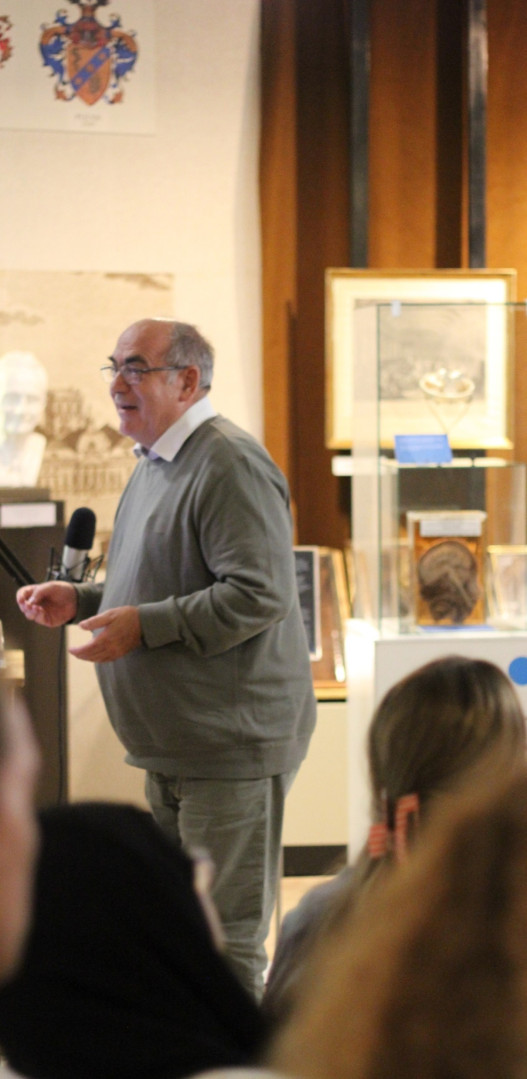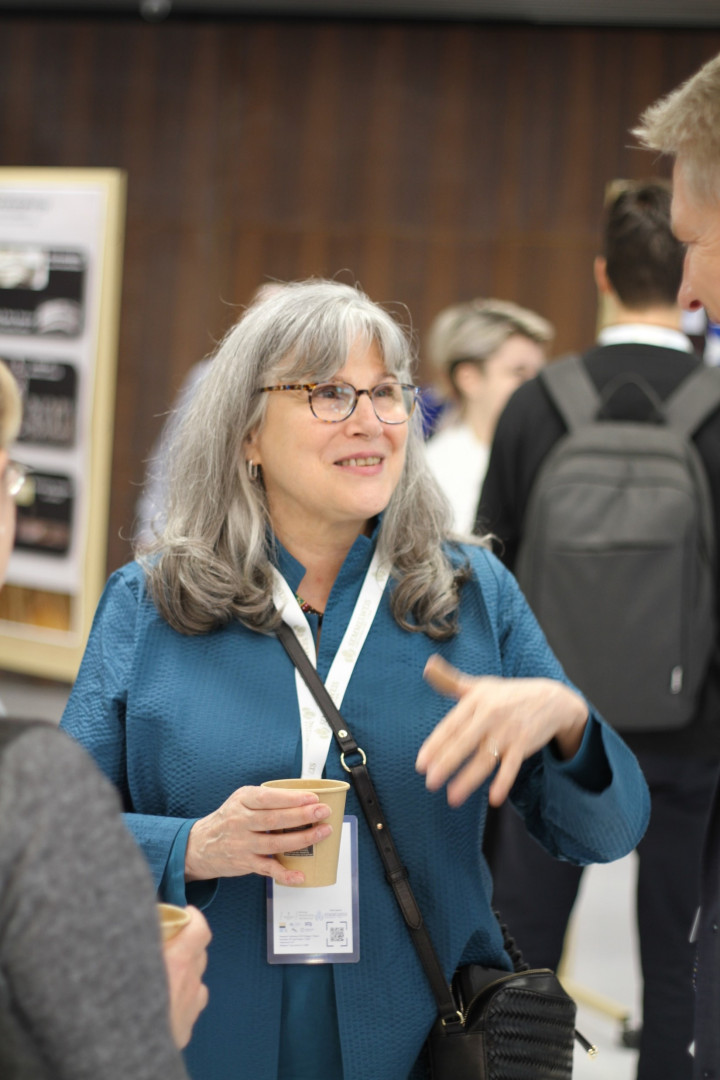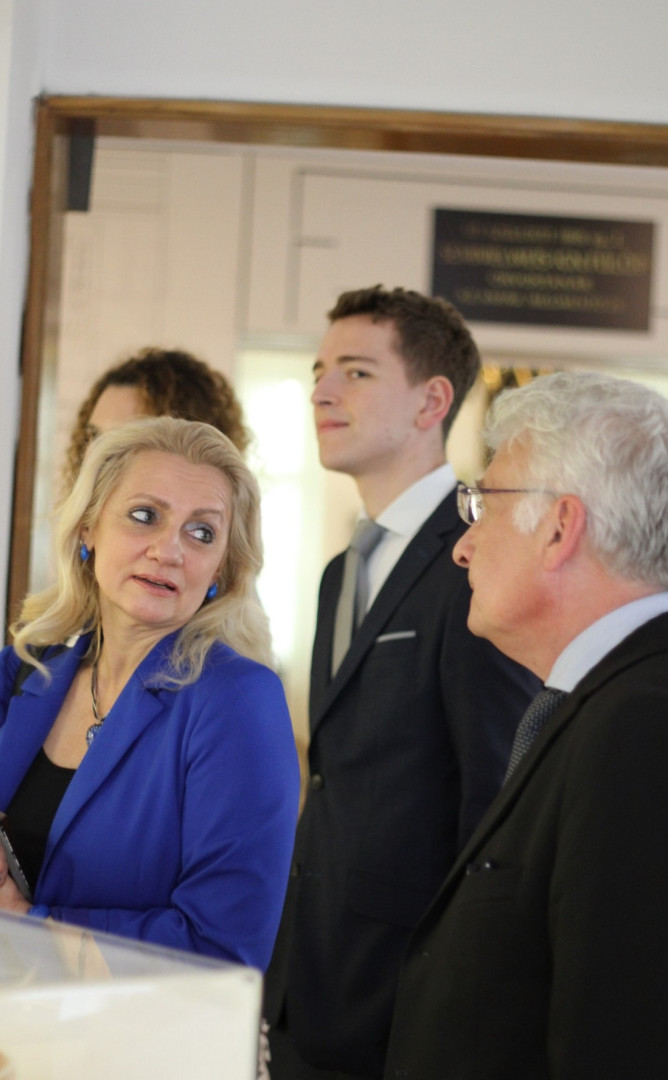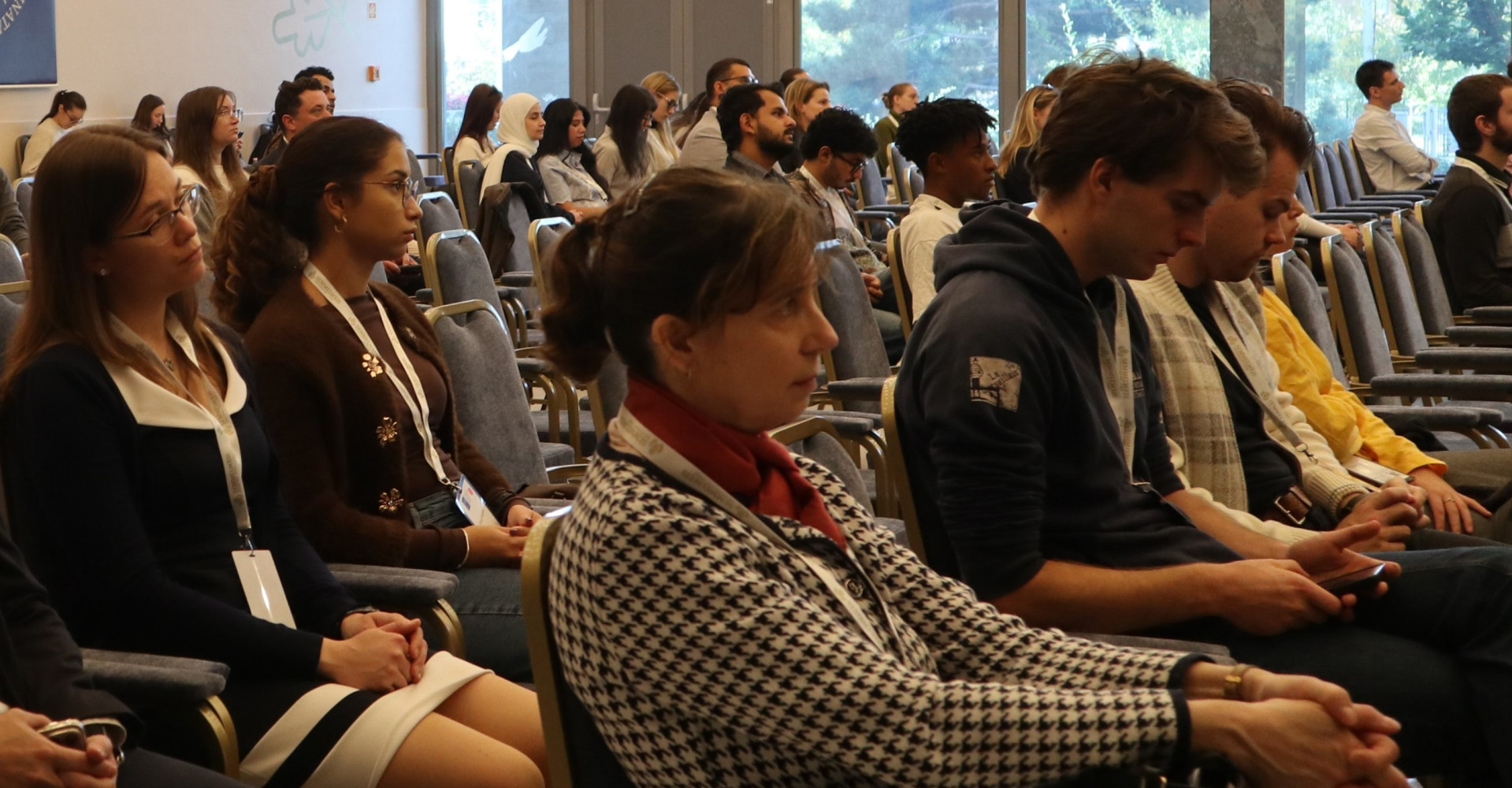The Society for Neuroscience Hungary Chapter and its goals
It has been a month since SfN Hungary, or officially known as the Society for Neuroscience Hungary Chapter, held its inaugural conference in Budapest between September 30 and October 1, 2025, at the Semmelweis University's Nagyvárad tér Theoretical Block (NET) building.
The world's largest neuroscience society, the Society for Neuroscience (SfN), with more than 30,000 members, has local chapters on five continents. Their common goal is to provide opportunities not only for the exchange of knowledge and experience among members, but also for informing the public. There is now a Hungarian chapter, and after its inaugural conference, which was not only ceremonial but also exceptionally rich in content, we spoke with Gábor Nyiri, president of SfN Hungary.
- How did it start?
- While the Hungarian Neuroscience Society (MITT) is naturally part of the Federation of European Neuroscience Societies (FENS), we thought it would be useful for Hungarian researchers to be more directly represented in the SfN, the largest neuroscience society in the US. Dr. Babakhani Avin Aphrodite, vice president of SfN Hungary and chair and host of our first conference organizing committee, helped us establish SfN Hungary. As a first step, I asked thirteen renowned Hungarian brain researchers to form the new society. Among them were several former presidents of MITT, its current president, its future president-elect, and other research colleagues from various scientific fields and cities, whom I asked to support the idea. We received a great deal of help from Prof. Anita Kamondi and Prof. György Buzsáki wrote a letter of support to the SfN. The Semmelweis SIGN (Student Interest Group in Neurology) student association helped organize the conference, whose president is also Dr. Babakhani Avin Aphrodite. Every participant was necessary for the organization and the conference to come to fruition.
- Even a smaller event like this requires supporters!
- Our main financial supporters were Semmelweis University, the National Research, Development and Innovation Office, and 4iG Informatikai Kft. However, we also received assistance from numerous other universities and companies, including MITT.
- In the case of a brand new conference, it is particularly exciting to see who accepts the invitation, how many people apply with presentations, posters, or simply as audience members.
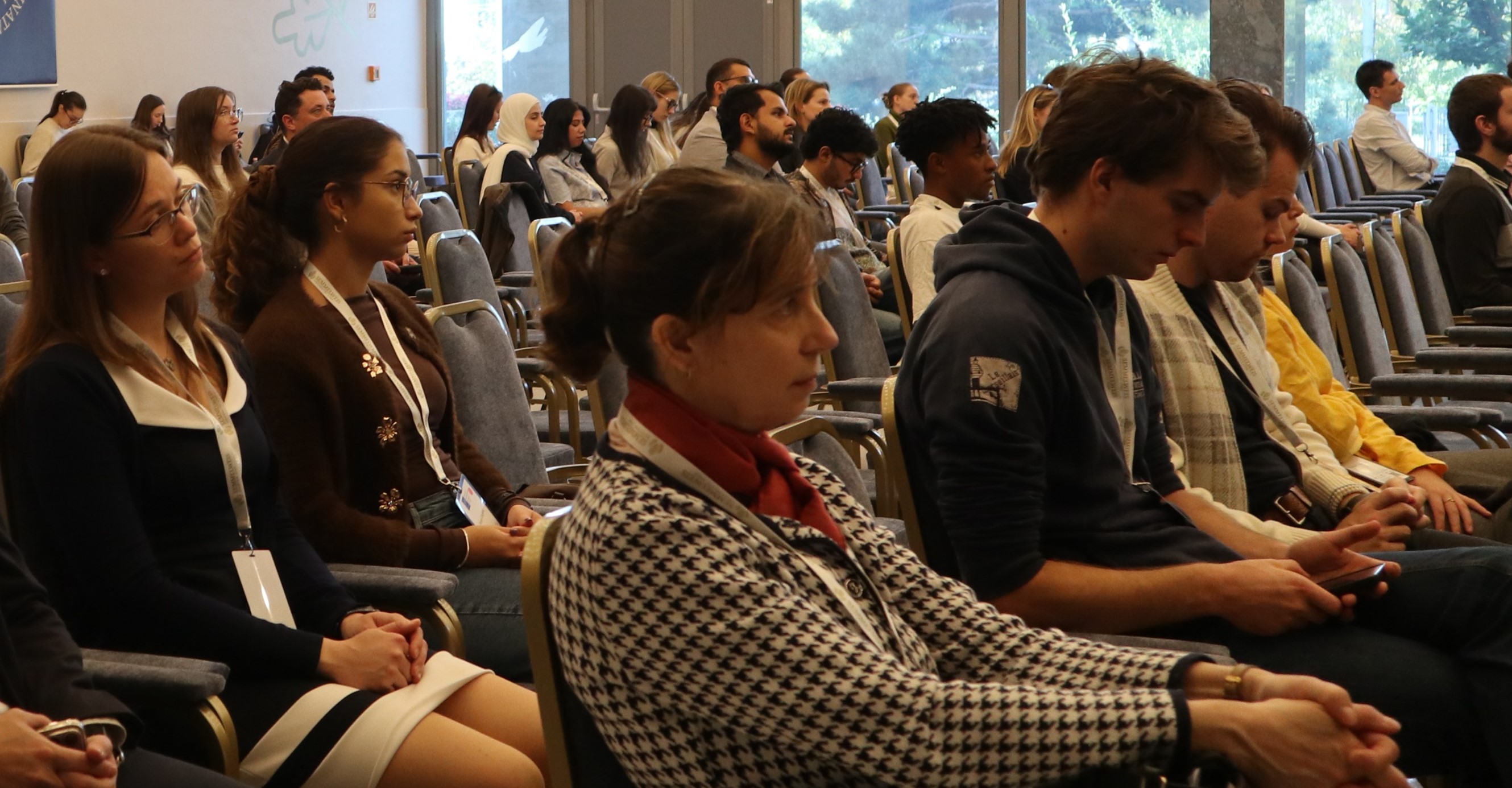 -The event was attended by 292 participants from 11 domestic institutions, including universities in Budapest and the University of Debrecen, as well as guests from six international scientific centers (NIH-NIMH, BCH, HMS, MGH, UNIL, IOB). The event was given added prestige by the fact that the program on the first afternoon, held at the Semmelweis Museum of Medical History, began with a welcome speech by Caroline Savage, Deputy Chief of Mission at the US Embassy. Our guest speakers were Gruber and Kavli Prize-winning neuroscientist Prof. Christopher A. Walsh (Division of Genetics and Genomics, Boston Children’s Hospital, Harvard Medical School) and Prof. Susan Amara, Scientific Director of the National Institute of Mental Health, NIH, and former president of the SfN. They gave short educational presentations at the museum and longer scientific presentations at the NET the following day. Concurrently with the conference, the Museum of Medical History and the SfN jointly organized and opened the exhibition "Nerves: Reflections on the Birth of Modern Neurology," which will be on display until next spring.
-The event was attended by 292 participants from 11 domestic institutions, including universities in Budapest and the University of Debrecen, as well as guests from six international scientific centers (NIH-NIMH, BCH, HMS, MGH, UNIL, IOB). The event was given added prestige by the fact that the program on the first afternoon, held at the Semmelweis Museum of Medical History, began with a welcome speech by Caroline Savage, Deputy Chief of Mission at the US Embassy. Our guest speakers were Gruber and Kavli Prize-winning neuroscientist Prof. Christopher A. Walsh (Division of Genetics and Genomics, Boston Children’s Hospital, Harvard Medical School) and Prof. Susan Amara, Scientific Director of the National Institute of Mental Health, NIH, and former president of the SfN. They gave short educational presentations at the museum and longer scientific presentations at the NET the following day. Concurrently with the conference, the Museum of Medical History and the SfN jointly organized and opened the exhibition "Nerves: Reflections on the Birth of Modern Neurology," which will be on display until next spring.
- While we're on the subject of exhibitions, there were also works of art on the NET!
- The relationship between science and art was represented by four art collections and one exhibition. Györgyi Kapala's tapestries made from retinas, Prof. Dóra Reglődi's neuroanatomical collection, Karina Horgas's brain illustrations, and her students' clay creations were on display. At the closing ceremony, the audience was treated to Hungarian folk music and dance performances, and the two-day program, the audience was treated to shorter classical and light music concerts ranging from Liszt and Chopin to Elton John, while interactive stations (memory and reaction games, neuro-henna, neuro-clay) sought to foster a sense of community among the audience.
- We could say that there was hardly a moment when something wasn't happening, when there wasn't something to see, hear, or try! However, I am sure that the numbers related to the scientific program were even more exciting for the organizers!
- Excluding the opening and closing sessions, 21 presentations were given as part of the scientific program, covering the fields of systems, cognitive, immune, genetic, pharmacological, computational, visual, clinical, and chemical neuroscience. We considered it particularly important to provide opportunities for practical knowledge transfer. This was achieved through 17 workshops with 263 participants, while 18 research posters were presented in the poster section.
- The conference program adequately explains the purpose of the event. But what is the purpose of this new organization?
- Basically, it is to strengthen scientific ties in neuroscience and to disseminate knowledge. We want to do this by involving young people more than usual in leadership and community building, using social media to do so, and by facilitating dialogue between basic and clinical research using an interdisciplinary approach. Thirdly, we would like to take advantage of the transatlantic networking opportunities provided by the SfN, and we would also like to reach more social strata through knowledge dissemination, with a focus on the younger generation.
- You mentioned social media. What else can help you achieve your goals?
- We are planning to hold smaller symposiums and educational initiatives to bring neuroscience research closer to a wider audience.
- And what will be MITT's role in this?
- We are all members of MITT, and we founded the company with the support of MITT's management, so hopefully, together with them, we will bring new life to the neuroscience community.
- How would you summarize what this first event has achieved, which I, as a simple participant, can only congratulate you on?
- For the 292 participants, the meeting was an interesting and inspiring social event, which was accredited by several universities, allowing us to award educational credits to many students. I am confident that the presentations provided a valuable experience and academic knowledge for many attendees.






